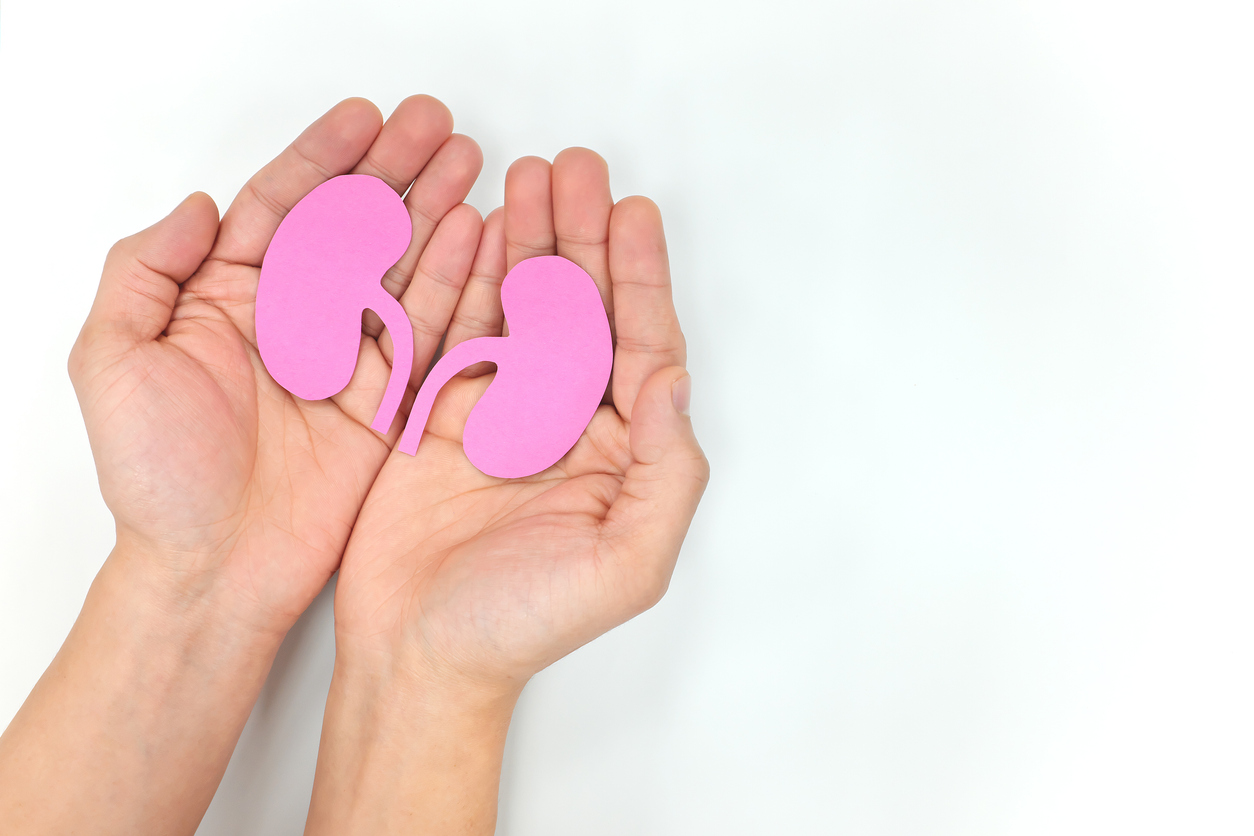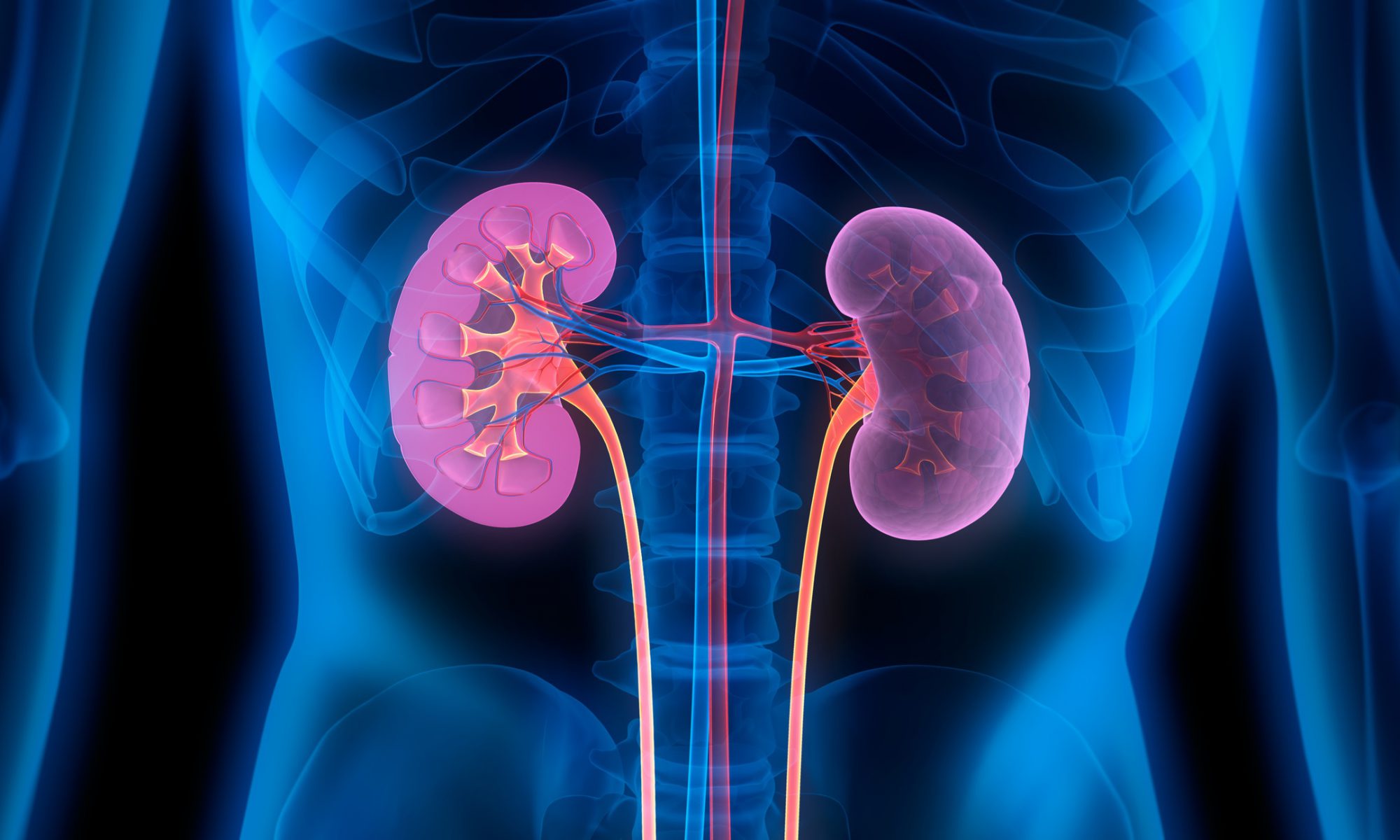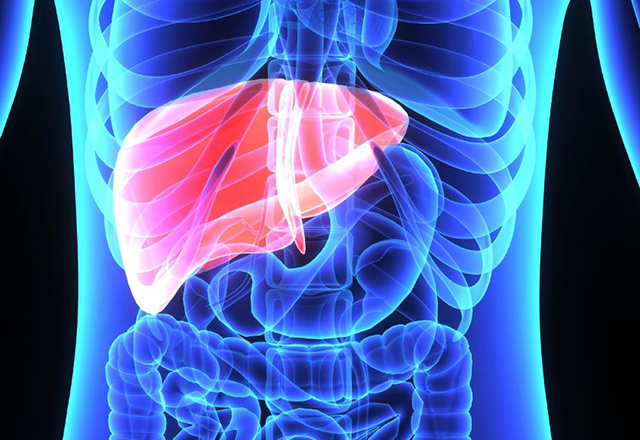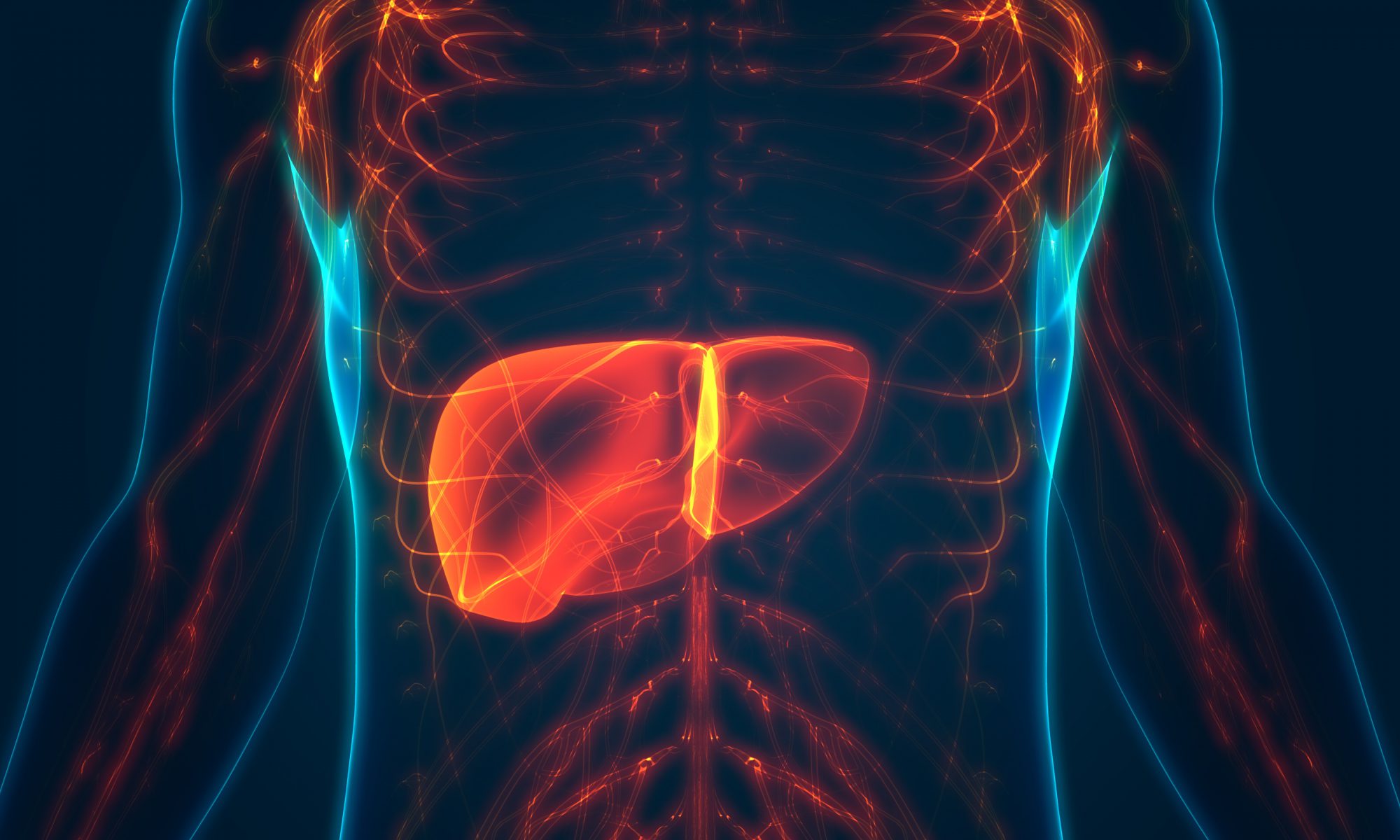By Dr. Kenneth Brayman
How does a living kidney donation work, and who is eligible to be a donor?
The first successful kidney transplant in humans was accomplished in 1954, and the transplant was from a living donor. Advances in immunosuppression (drugs that prevent rejection of donated organs) were achieved in the 1980s and 1990s, and the field of organ transplantation has grown remarkably over the past 40 years. Read more in The Daily Progress.




